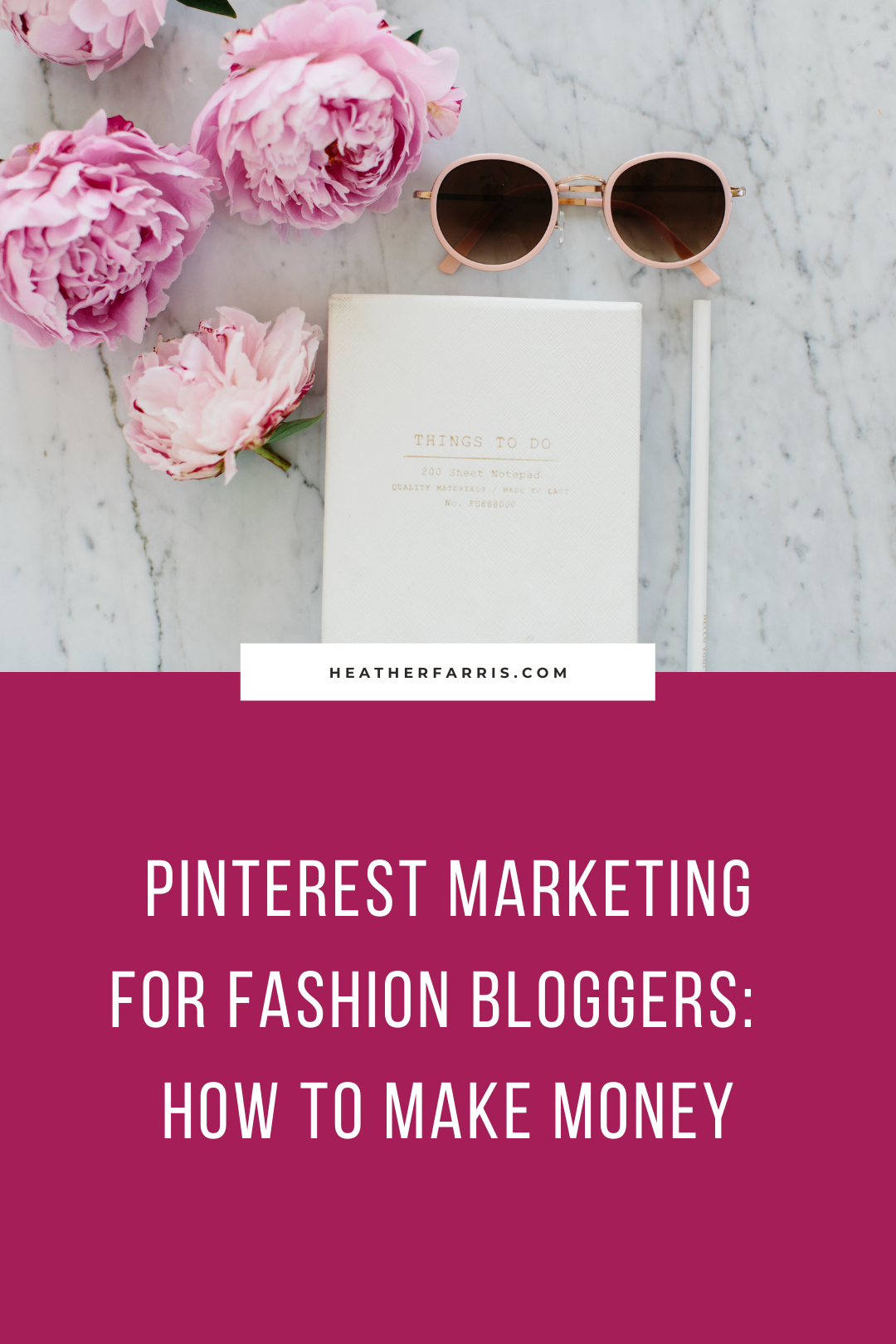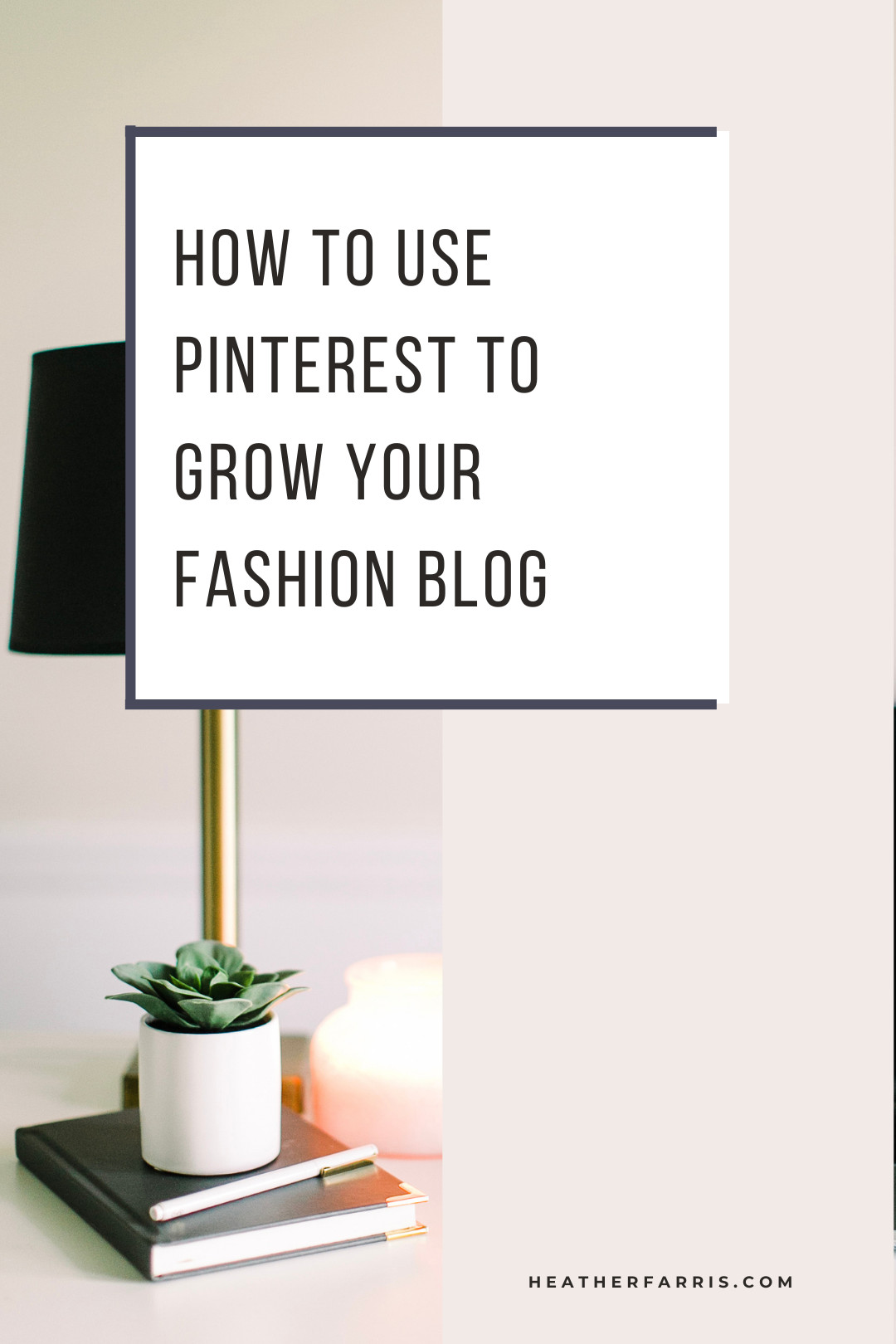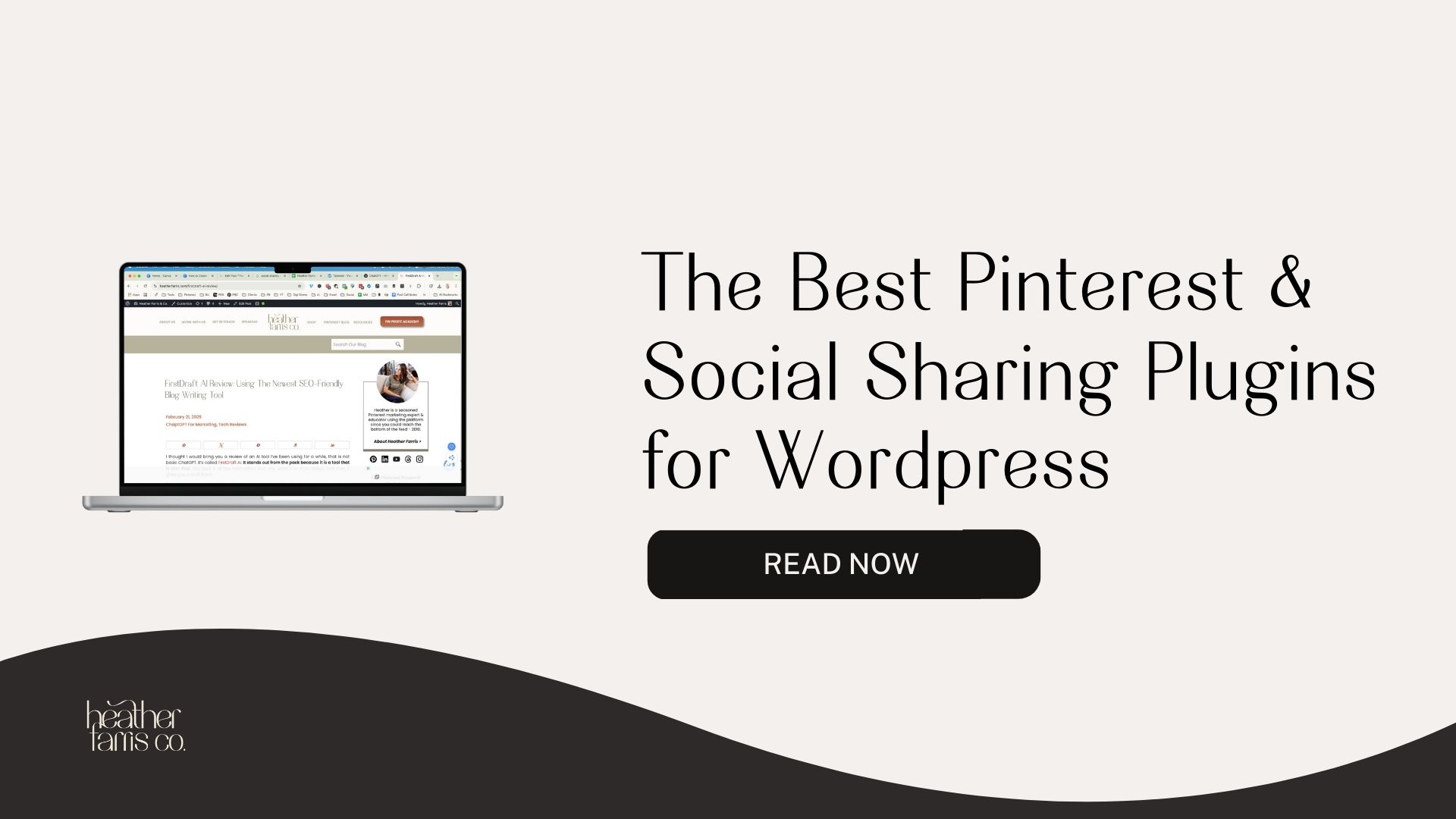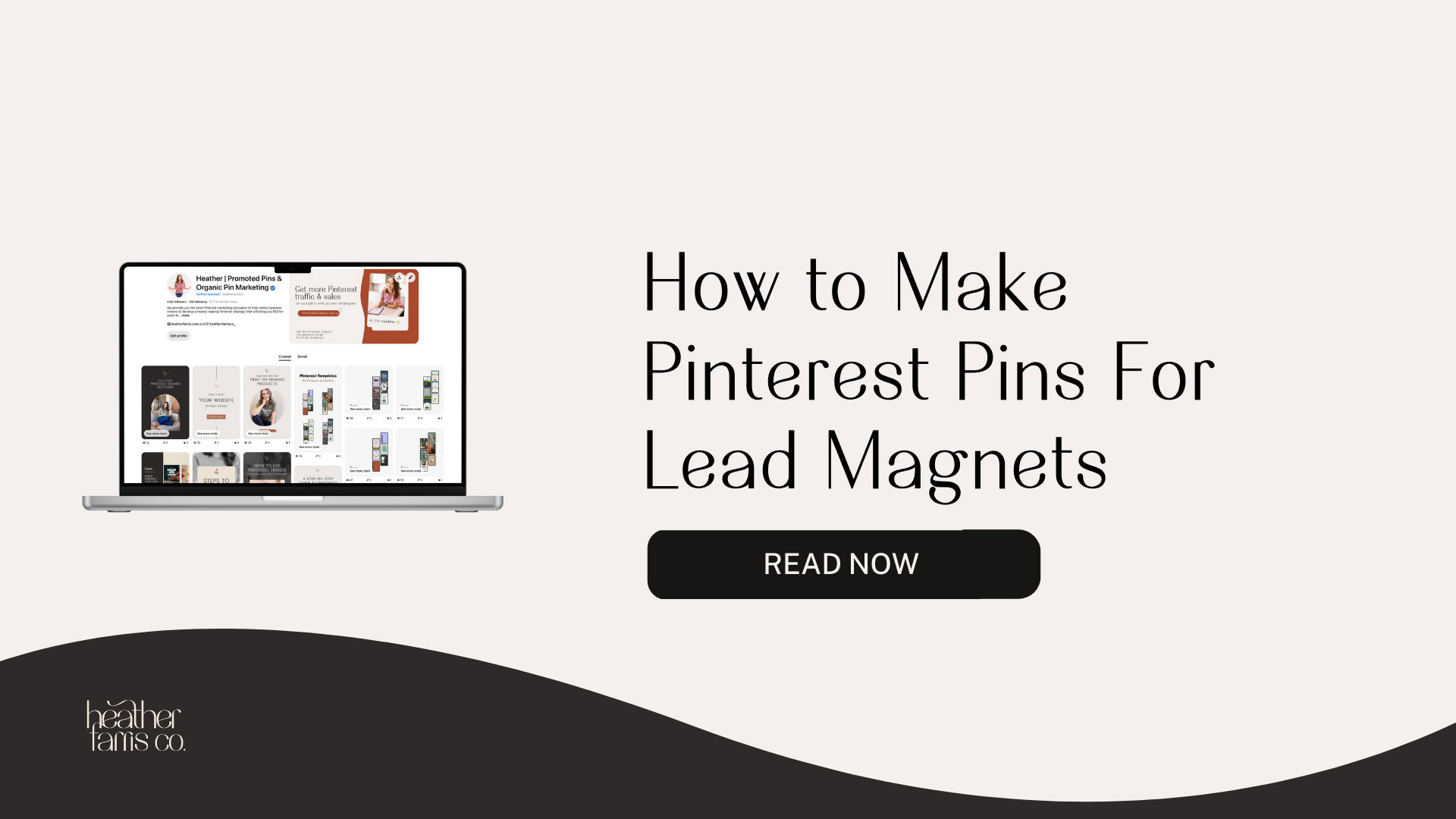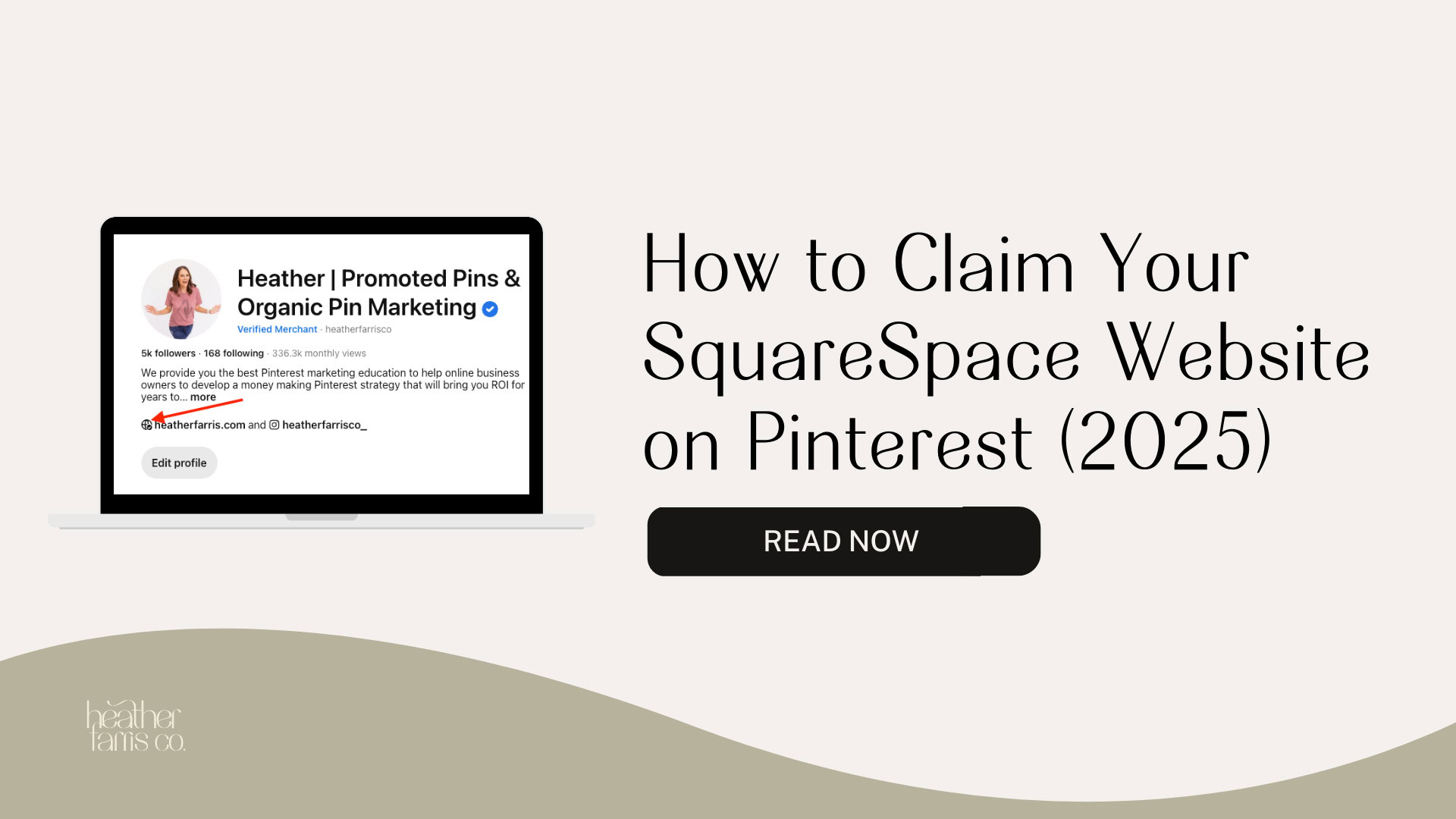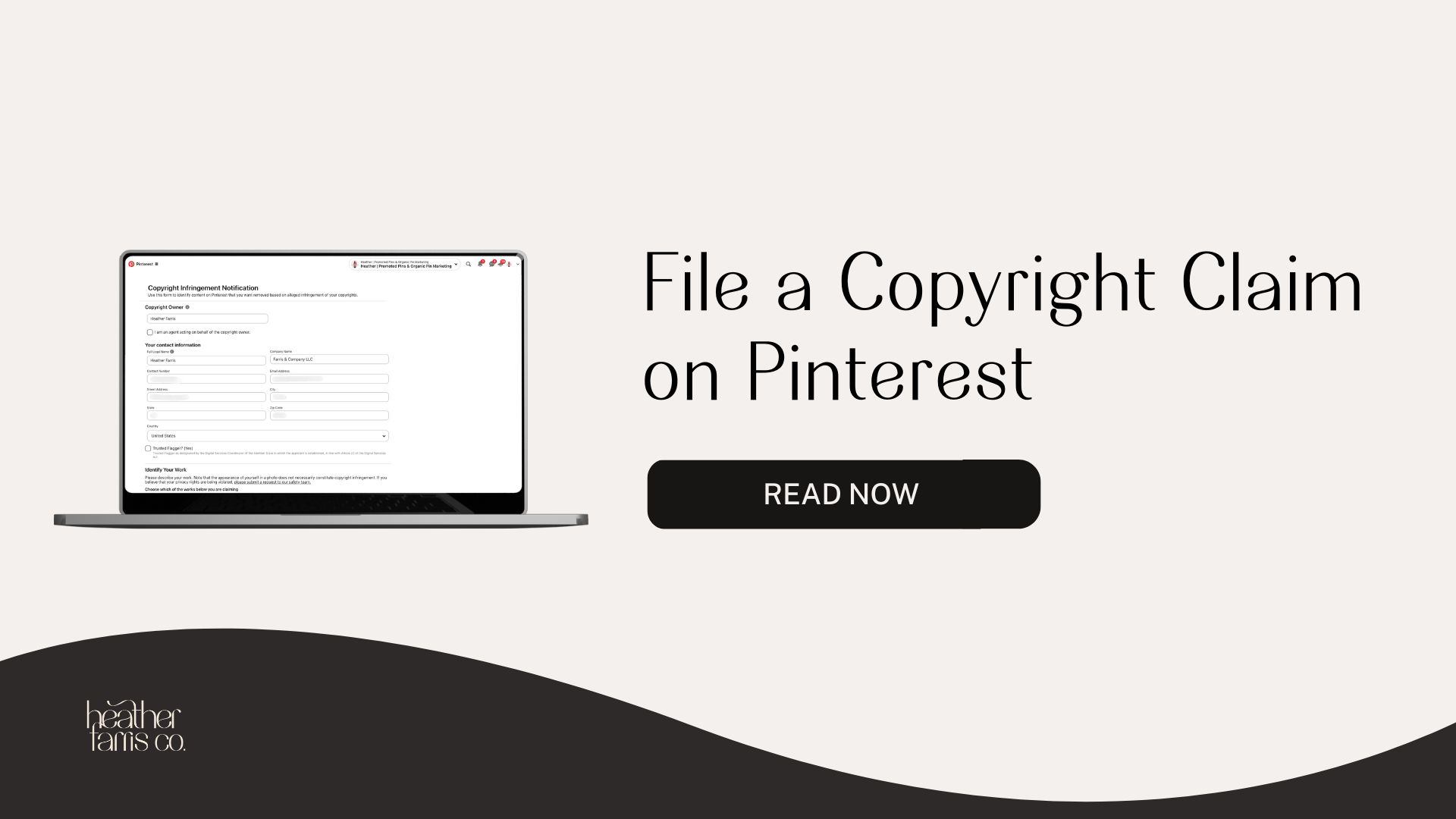Heather is a seasoned
Pinterest marketing expert & educator using the platform since you could reach the bottom of the feed - 2010.
About Heather Farris >
Pinterest for Fashion Bloggers: How to Use Pinterest to Make Money With Your Fashion Blog – Part 2
December 12, 2021
Are you a fashion influencer or a beauty blogger? Are you looking for more traffic to your website? Maybe you don’t even have a website, and you would like to drive traffic to one so you can make more money, sell more products or become a brand ambassador for your dream brand. Who knows?
In this post in our two-part series, Adrianna from Kordial Media, a Pinterest Marketing Expert, told us how to use Pinterest for fashion influencers and bloggers. We asked her specific questions that we feel every fashion blogger needs to know the answers to for using Pinterest.
If you missed Part 1, check it out first! We’ve already covered organic Pinterest marketing for fashion bloggers. Make sure you have that foundation before digging into the promoted campaigns discussion below.
When should I run promoted pin campaigns?
As a fashion business online, should you go ahead and run promoted pins right away? There is no problem with not having an organic strategy in place before running ads. Still, if you run promoted pins on Pinterest, people are likely to go to your profile, and if there is nothing there, they may be left disappointed.
I know this from my own experience of finding promoted pins on the platform that I thought were killer, especially from huge brands. I wanted to go to their profile to see what other content that they had. That was a lost opportunity on their part as there was nothing else there.
So, while you don’t have to start an organic strategy before starting promoted pins, I would say it is best practice to get at least your profile set up. Get a few boards added, and get at least some of your most important content on there in case somebody does engage with your promoted pin. They may want to come back and find more about you.
Setting up your Pinterest account for success is the number one step before doing anything else on Pinterest, whether it is an organic strategy or paid.
RELATED: Promoted Pins on Pinterest – How to Setup & Optimize Your Conversion Campaigns
Should I run a consideration campaign for traffic building?
There may be many questions in your mind about Pinterest advertising strategy. What type of campaign should you have if you want to drive traffic either to your traffic blog or your fashion store? Should you be looking at consideration, should you be going for a conversion campaign?
You should definitely use your budget in a consideration (formerly traffic) campaign if you want just to drive traffic. You can run traffic ads and still track conversions on your site. So check out the sign next to your email list even in that traffic campaign.
It is not optimizing towards those events as conversion campaigns would, but you are sure getting more bang for your buck with the traffic consideration campaigns because of how they are built. They are built per click instead of being built per impression. So they are cheaper for beginner promoted pin advertisers to use and to really warm up our pixel and get that traffic to our site.
RELATED: The Ultimate Pinterest Traffic Strategy for Bloggers & E-commerce Shops
What if I sell products? What about running ads to my shop?
The most common e-commerce platform as we know is Shopify. If you have a Shopify store and are selling clothes or accessories, the easiest way to connect your Shopify store with Pinterest and have that shop tab and the ability to run catalog ads is through Pinterest Shopify Integration. It’s actually an app that you will find in your Shopify dashboard. You will download it to your store and connect it to your Pinterest account.
This process will not only connect your store to the platform and create a shop tab for you, but it will place all of your Pinterest pixels and event codes in the correct places. So, there is no work for you when it actually comes to installing those tags or event codes, which is confusing for many new people in the advertising space.
If you have a different kind of store, you may have to do a little more work, but then you have the capability to run a catalog campaign. What a catalog campaign is that it ingests all of your shop listing from your storefront into Pinterest. It gives you that on the front end of your profile, that shop tab.
On the back end, in your ads manager, you can choose to set up a catalog campaign that runs the ads that are the images that are connected to your store. On those ads, it actually lists the price, the availability, and all of that information.
So when somebody is browsing the platform, whether in the explore tab or the shop tab, if they see an ad placed on their feed from you, then it is most likely one of the last items they were browsing in your store.
Or if you are prospecting or out looking for new store sales, new customers, then it is products that they are interested in based on keywords or interests that you are targeting. Catalog ads are very, very effective when done correctly.
Catolog ads are very, very effective when done correctly.
What about running ads to affiliate links?
If you are a fashion blogger and you do not have products, but do have affiliate links, should you be using Pinterest ads to drive traffic in sales to affiliate links?
You can, but it is not my favorite strategy. If your affiliate has not optimized their website for the traffic landing on it, then you may be putting a lot of money behind an affiliate link and behind an advertisement that is just going to fall flat.
I have tested this myself, and I know that there are a lot of people who run very successful affiliate marketing campaigns. They do it a little bit differently, though.
They do not run it directly to the affiliate link. They put their affiliate link into a landing page or a blog post and drive traffic to that. So the only action, when somebody lands on that page (if it is a blog post), is to learn about that product that they are outlining, and then the call to action is to shop for that product.
If it is a landing page that you are driving traffic to, a sign-up page where they can get on your email list, and when they sign up for your affiliate program. You have not only collected their email address but also collected a commission on the affiliate. From their you can nurture them for the next step where they need to be.
I have done this very successfully with Tailwind.
So basically, driving traffic to a landing page that contains the affiliate link is more helpful for sales than it would be to just drive traffic straight to the affiliate link page. This gives you control over the page you own, whereas you don’t have that control over your affiliate’s landing pages.
RELATED: How to use Pinterest for Affiliate Marketing
Should we be driving consideration campaigns, or only conversion campaigns?
It depends on the ultimate goal. So, if I were to set up a campaign for my Tailwind guide and people purchase the Tailwind subscription through my affiliate link once they get the guide, I could run a conversion campaign for email sign-ups for that strategy. But generally speaking, this year, I have been running a lot more consideration campaigns ever since they updated the algorithm in February, and they have released this new campaign budget optimization.
I can test a lot more variables inside of the consideration campaigns and spend a lot less money. If you are new, you should just consider doing consideration right now.
RELATED: Promoted Pins on Pinterest – How to Setup & Optimize Your Conversion Campaigns
What kind of success can you expect from running a campaign on Pinterest?
It just depends on the person, their business, their product, and their customer. Timeliness also comes into consideration in many people’s products and what campaigns they are running during that time of the year. You probably need to give yourself 90 days of testing.
For the first 30 days, I wouldn’t expect any return on your investment because the platform is just learning about your product, your customer, and all of the targeting factors that you are adding to your campaign itself. So consider that month a testing ground to figure out what will work for this platform for your business.
Going into month two, if you put money into month one, you got a solid amount of data, but you won’t necessarily start seeing return on your investment. Unfortunately, this is not always the case. I don’t have any hard and fast case studies for this quick turnaround.
The first month that I started running ads for the beauty brand that I was representing until May, we saw that return on investment in the first month of working together. But she had already had her pixel installed on her website for quite a while before that.
So that’s one thing that factored into the success, and she was also running ads on other platforms, and we could capitalize on that data as well.
So, it can vary quite a bit.
RELATED: The Pinterest Ads Strategy I Would Tell My Friends to Use
BONUS: Create a digital product funnel teaching what you know
What if a fashion blogger wants to create a digital product and eventually sell it as an ebook or a guide of some sort? How would we be running a campaign to drive more sales in traffic to that digital product?
Traffic on sites, display ads, or affiliate links don’t always make you the money you want to make. But you can take control of that by creating a digital product. I love digital products and have been selling them for a few years. I have found a really great strategy for creating and selling digital products through what is called a tripwire funnel.
You give away a freebie like a checklist, and right behind that is a highly relevant offer that takes that checklist to the next level. For example, say you have a checklist for how to create a capsule wardrobe and all the pieces that you need. The offer is how to dress your body type with only specific colors for that capsule wardrobe.
That is how I have taken my business to the next level, and a lot of my clients have also diversified their income. We run the ads to the freebie page where we base signup or their email address. Then right after that, we offer them this lower-priced product.
This whole funnel doesn’t end there. The tripwire product, which is presented right after they sign up, is meant to pay for the ad spend that you are running on that platform. It is a great way to capture and collect qualified leads (buyers) and pay for your ad spend.
It is a freebie to a tripwire model. Ultimately you want to have some kind of an upsell down the line where you can make your profit on your bigger ticket items or products and services that you sell.
So for me, I have a strategy guide, I sell a system, and then right behind it, I sell my Pinterest course. It is very strategically stepped. For you, it can be that capsule wardrobe checklist, a style guide on how to dress your body with just a capsule wardrobe, and then you have a whole course on going deeper into styling yourself for every season.
RELATED: Tripwire Funnel – How to Create a Powerful Lead Generation Machine
Final thoughts
I hope these tips have helped you if you are just starting your journey with pairing a fashion and beauty blog with Pinterest marketing.
If you want to learn more about Pinterest blogging, make sure you head on over to our Pinterest to beginners playlist and YouTube and we’ll help you take it from there.
Pin It For Later
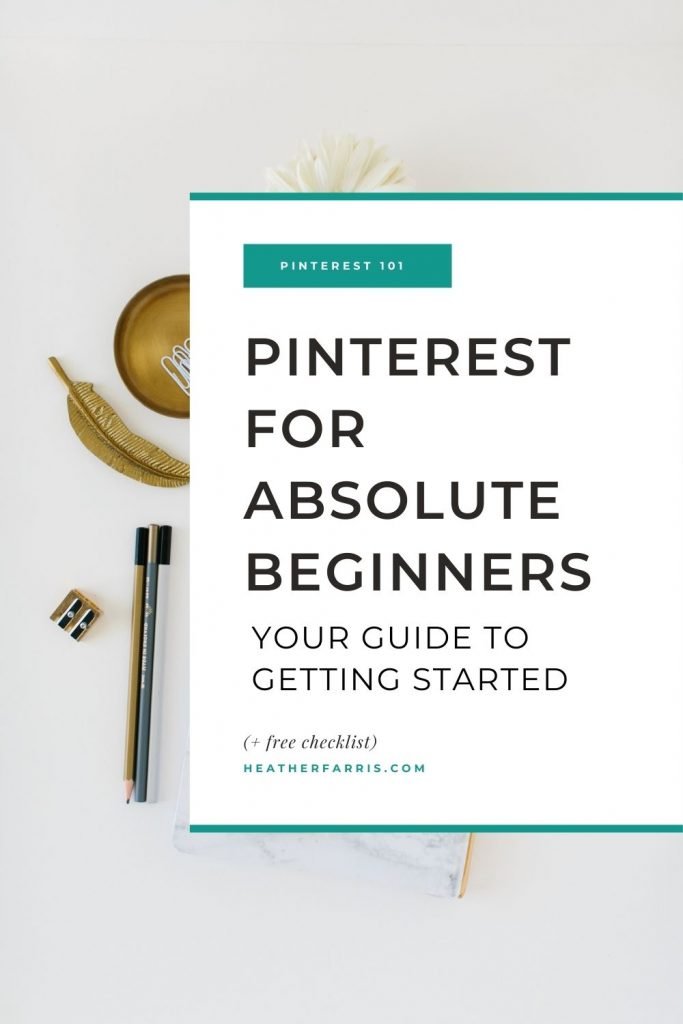
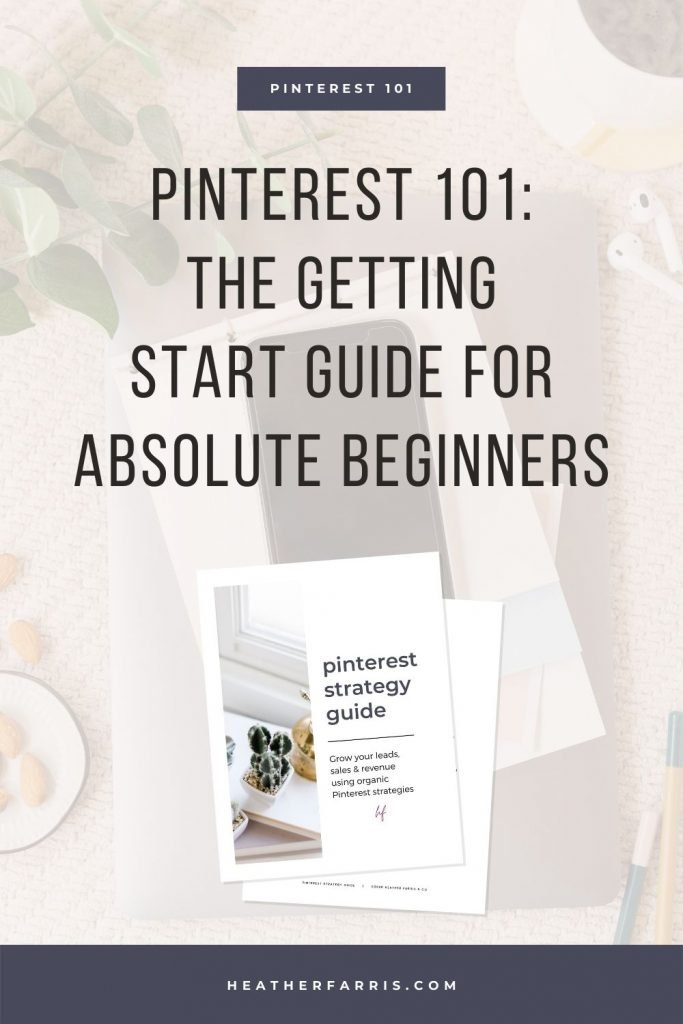
Heather Farris went to school for accounting and worked for years in banking and finance. After finding all of that entirely too boring she started her first blog in her basement in August of 2016. She has started 3 blogs in the marketing, motherhood and travel niches and used Pinterest to grow them all. She quickly became the go-to Pinterest strategist in her peer circles and has been implementing strategies, driving traffic and sales through organic and paid tactics for her clients. On this blog and her YouTube channel, as a renowned Pinterest marketing expert, she educates the public about clear and transparent marketing strategies to help them to grow on Pinterest and in other places online as a renowned Pinterest marketing expert.
